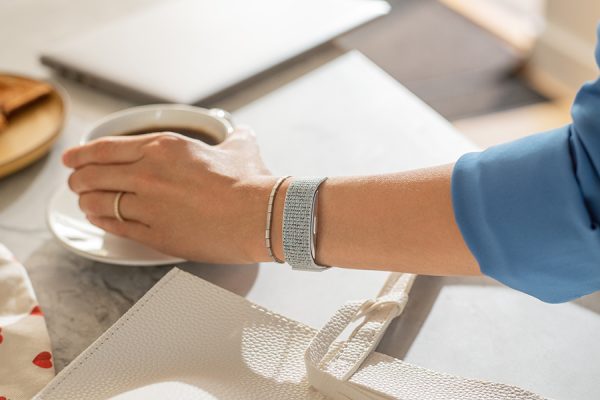IoT in healthcare just gained new wings.
Yesterday, Amazon announced its new foray into the busy wearables sector. Dominated by the Apple Watch and Fitbit, the wearables market is estimated by Gartner to reach $52 billion this year – an impressive 27% increase from 2019.
This growth coincides with slow-downs of in-person care delivery, brought about by Covid-19, and the corresponding up-tick in virtual, on-demand care.
Perficient Chief Strategist of Healthcare Juliet Silver recently joined UnitedHealthcare Missouri CEO Patrick Quinn for Table of Experts: The Future of Health Care hosted by the St. Louis Business Journal. Among a variety of topics, they discussed on-demand care’s impact on virtual care tools.
“The future points to remote patient monitoring for consumers in the home,” shared Silver, “We’ll see more embedded analytics, data streaming, and general at-home monitoring.”
The trajectory of wearables’ adoption had already gained momentum due to new users joining the market. While it’s easy to assume this growth is largely built by younger audiences, elder generations seem to be gaining comfort with digital health as well.
For example, Quinn shared an interesting stat on telehealth satisfaction. Approximately 68% of UnitedHealthcare users rated their telehealth visit as either a 9 or 10 on a scale of 1-10. Medicare patients, however, rated their satisfaction level with telehealth north of 90%.
Health practitioners have long regarded telehealth, wearables, and virtual care as key care opportunities for those suffering with chronic conditions. A recent survey by Definitive Healthcare identifies that nearly 55% of respondents believe telehealth’s greatest staying power lies in the routine care of chronic conditions.
Certainly, IoT represents a ready frontier in healthcare, the place where outer limits are being tested and tried in both facility management and patient care. As device manufacturers up the ante with improved sensor accuracy, advances in miniaturization, and better user data protection, healthcare providers and patients stand to reap the rewards through streamlined, more personalized healthcare experiences.

